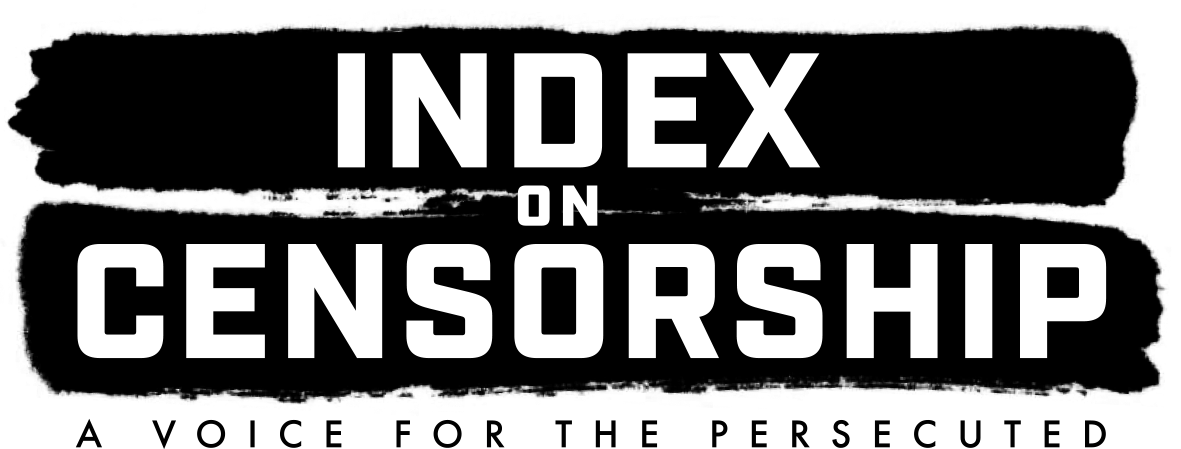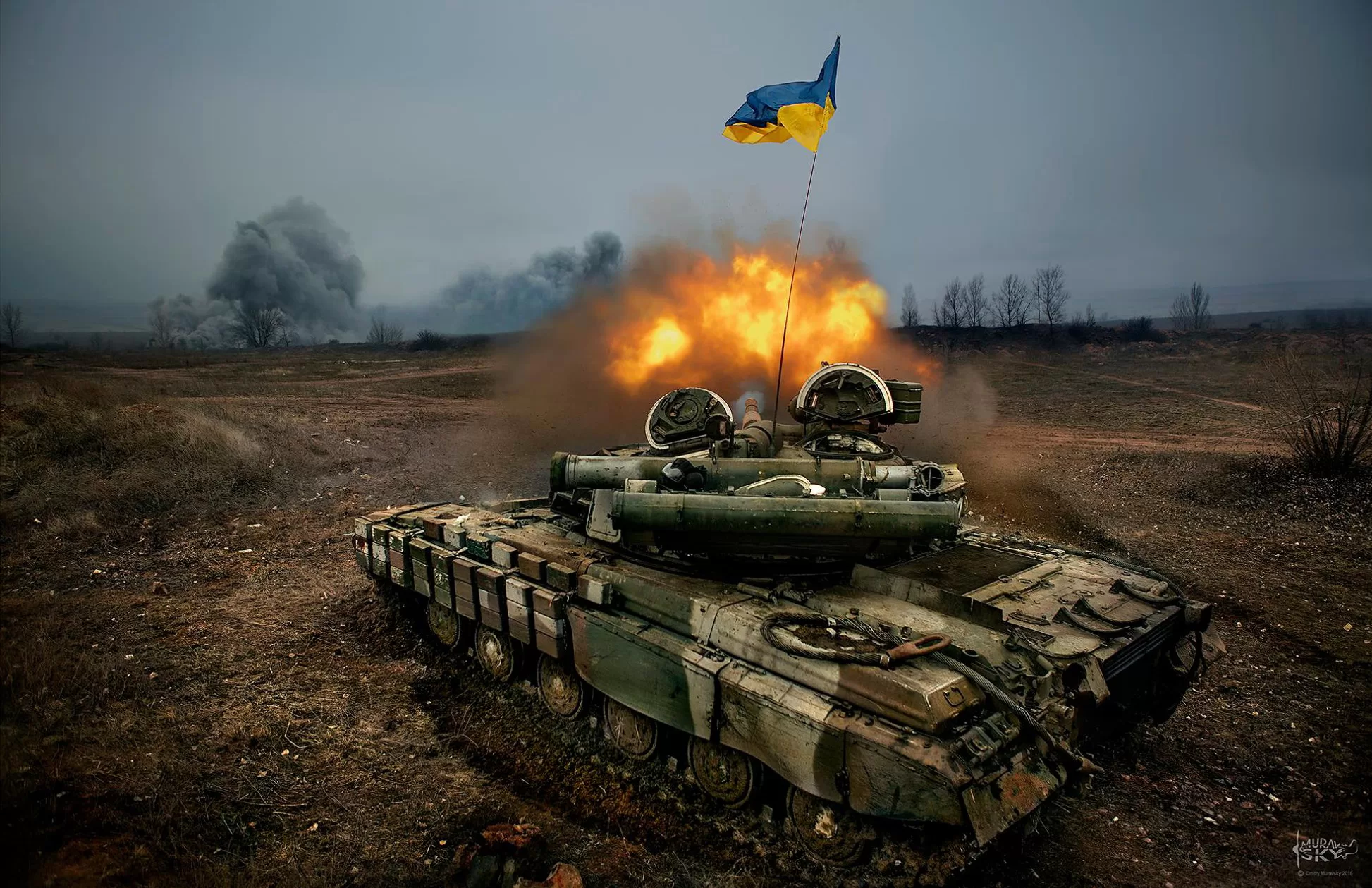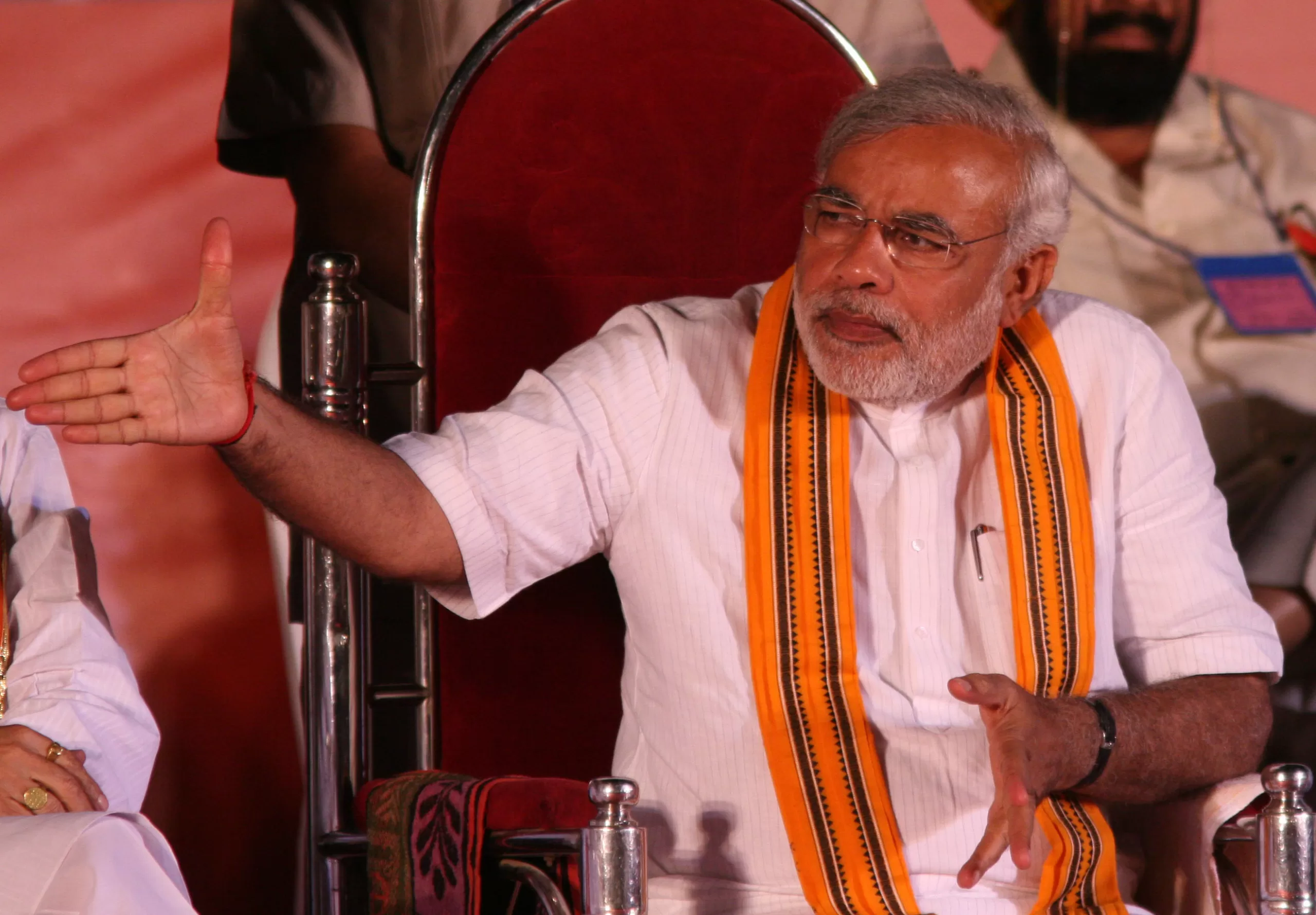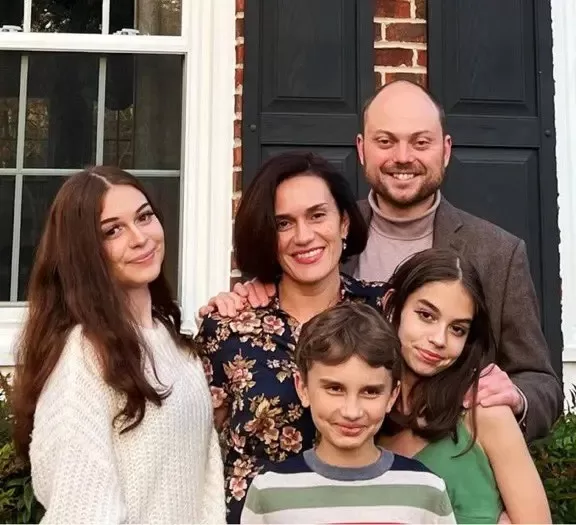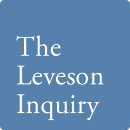 As the theatrics of the Leveson Inquiry draw to a close, Marta Cooper looks back on the hundreds of hours of evidence in court 73
As the theatrics of the Leveson Inquiry draw to a close, Marta Cooper looks back on the hundreds of hours of evidence in court 73
The Leveson Inquiry — after hundreds of hours of intense scrutiny into the standards of the British press — is over.
The road to a new system of press regulation — for which Lord Justice Leveson will make recommendations this autumn — has been long. The first chapter of the Inquiry, taking place against the backdrop of a bleak London winter, had an intense human component. In the witness stand at court 73 were not just celebrities who had battled with relentless hounding and media scrums outside their doors, but ordinary people — parents, friends, brothers, sisters — who in a matter of hours or days had had their lives turned upside down by some of the worst excesses of the British press.
As we heard in November, the headlines in some redtops suggested Kate and Gerry McCann had killed or sold their daughter Madeleine, who went missing in Portugal in May 2007. A Bristol landlord, Chris Jefferies, described how he “felt like some recusant priest at time of Reformation […] going from safe house to safe house” following the notorious media coverage he suffered after being wrongly arrested over the murder of his tenant Joanna Yates in 2010.
Tabloid hacks past and present gave their sides of the press story. “You toe the line or you get punished,” ex-Daily Star reporter Richard Peppiatt said. He revealed he had invented a story about model and actress Kelly Brook seeing a hypnotist, following the news editor’s offer of £150 to the first person to come up with a page 3 story at 6pm on a Sunday.
And lest we forget former News of the World deputy features editor Paul “privacy is for paedos” McMullan regaling Lord Justice Leveson with his travails dressed as “Brad the rent boy” to get a photo of a priest spanking a young man. “I was either a drug user, a drug dealer or a millionaire from Cambridge,” he told the judge, who looked on in need of a stiff drink and a spa day.
Much of the first chapter of evidence confirmed what we somehow already knew took place: car chases, paps camping outside celebrities’ homes and long-lensing subjects. And it quickly became clear that nothing was more despised on a tabloid newsdesk than an unfaithful public figure cultivating the “family man” image.
But there is an appetite for a scandal in our culture — “the last big throwback to Victorian England”, as former Chief Secretary to the Treasury and kiss-and-tell victim David Mellor said. Despite this, the British public was rarely present in this public inquiry, the public whose reading habits mean the tabloids out-sell the broadsheets in this country by millions.
“The fact is that about 18.5 million people read the mid-market and red top papers, and about 4.7 million read the broadsheets,” Associated Newspapers counsel Jonathan Caplan QC said in his closing submission, alluding to the concern that there was no-one on Leveson’s panel of assessors from mid-market and tabloid titles. This perhaps contributed to the occasional broadsheet-versus-tabloid feel of the Inquiry. “There are millions who want to know from their newspapers a little more about the lives of sportsmen, actors and other celebrities whom they admire and may even see as role models,” Caplan said. “It is important that there is not a groundswell of elitism, where the minority dictate what the majority can read.”
As the inquiry was triggered by the phone hacking scandal that led to the closure of the News of the World, it has often felt as though journalism was in the dock. I’ve written before about the unsettling moment when Independent on Sunday editor John Mullin was summoned to the Inquiry to explain a story that, the Inquiry said, had elements from future witness Andy Coulson’s witness statement. On one occasion counsel Carine Patry-Hoskins asked the Mail on Sunday’s Simon Walters whether using the words “at last” in a headline suggested a degree of comment or opinion. Walters said it was “pretty mild” by way of comment but was not sure if he had had any involvement with the online version of the story to which Patry-Hoskins referred.
It was also striking how crime reporters on locals and nationals lamented a breakdown in previously open channels of communication between them and police officers. “In the current climate, if you arranged to meet an officer you’d be looking over your shoulder the whole time,” The Times’s crime editor Sean O’Neill told the Inquiry in March, later comparing the Filkin report into press-police contact to “an East German Ministry of Information manual”.
And, of course, there was module three, when the Inquiry that our Prime Minister himself had ordered turned into an inquiry into his own government. Swathes of text messages and emails between the Department for Culture, Media and Sport and News Corp around the time of the BSkyB bid led to Jeremy Hunt’s Special Adviser resigning, and Hunt himself fighting for his political career as culture secretary. We also learned our PM is less than fluent in text-speak, with former News International CEO Rebekah Brooks revealing Cameron signed off text messages LOL in the belief it meant “lots of love” rather than “laugh out loud”.
And thus the light was shone on the dark corners of this country’s power structures.
But for all its sometimes excessive scrutiny and theatrics, the future of the British press in the Inquiry’s hands. This autumn, Leveson, fuelled by a need to address public mistrust in the press and a desire for his report not to end up on some academic’s bookshelf, will issue recommendations for a new regulatory system. Various suggestions have been put to him over the last few months: a press-card model, a contractual system, a body able to fine errant newspapers up to £1m and a system backed by legislation to resolve privacy cases.
The bone of contention is statutory involvement. Several titles have said they see the possibility for statutory underpinning of a new system, with others preferring none whatsoever, seeing it as the start of a slippery slope. Leveson has more than once said that any fears of censorship or infringing press freedom are misplaced.
Of course, there is a strong emotional side to all this, and emotions are hard to rationalise. The Financial Times’ John Lloyd put it best when he described how the press had developed in a way that was “organically bohemian, anti-authoritarian, possibly over-emotional (…) but nevertheless free.” He mentioned an attachment to retaining “the right to be irresponsible”, which he said might explain aversions to the sorts of regulation that bind the legal and medical professions.
Leveson now has the pressure of finding the nuances in his a system that protects journalism, addresses the concerns of the victims and the public, and fosters good governance without chilling a press that is already, it must be said, hemmed in by existing legislation.
This is the balancing act Leveson will be performing this summer.
Marta Cooper is an editorial researcher at Index, where she leads coverage of the Leveson Inquiry. She tweets at @martaruco
Read our policy note on the challenges facing the Inquiry here
